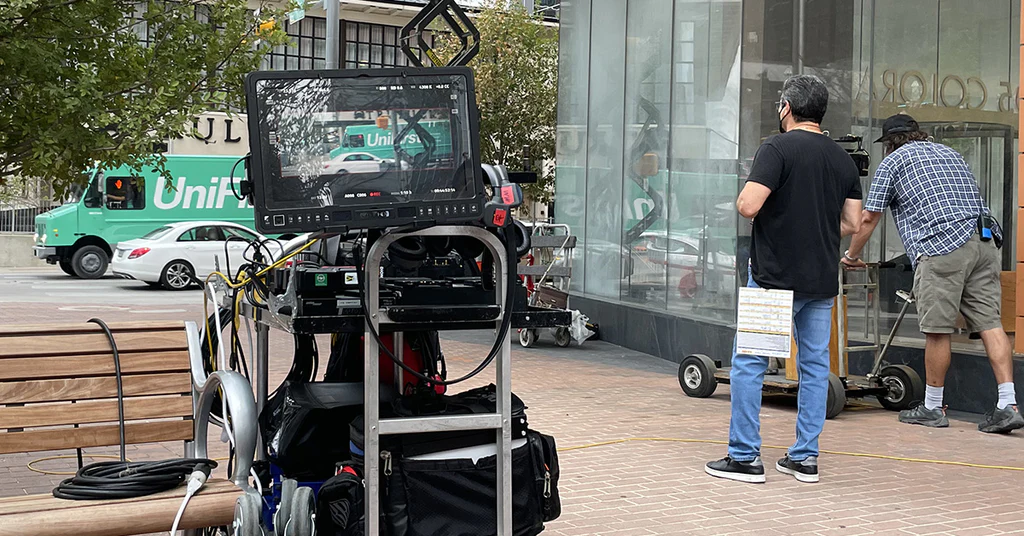Car insurance is one of the cornerstones of owning a vehicle, so understanding deductibles, shopping around and reviewing policies frequently are all vital steps in order to ensure adequate and cost-effective protection that fits within your budget.
Start Your Car Insurance or Switch Provider Here are some tips for first-time buyers:.
Know Your Coverage Options
Establishing enough and reliable car insurance coverage is an integral component of vehicle ownership, helping drivers reduce risks so that even catastrophic accidents don’t lead to financial ruin.
Finding the appropriate policy requires taking into account both your coverage needs and budget. Your agent can assist in finding an acceptable balance. While having enough liability coverage is essential, additional policies such as collision and comprehensive can give added peace of mind when driving; such policies cover expenses related to repairs, rental cars and medical payments.
Purchase car insurance either directly from an insurer or through insurance agents. Insurance agents often represent multiple providers and can offer price quotes from multiple insurers simultaneously.
Advertisements often suggest that switching carriers can save you money. But premium calculations vary from company to company and depend heavily on your individual situation and policy terms and conditions – and savings vary accordingly. Ads might claim customers who switch save an average of $X; however, such information should not replace or supersede actual policy contract terms, coverages, definitions, exclusions and provisions contained therein.
Get Quotes
Car insurance might not be the most exciting aspect of car ownership, but it can protect against financial catastrophe and is required in many states for legal driving. Shopping around for insurance providers who assess risk differently and offer various rates can save time and money when renewing policies regularly.
Before seeking an insurance quote, make sure you have all of the relevant information handy, such as the vehicle identification number (VIN), driver’s license numbers and employment details of anyone driving your car. Also have an existing policy in hand so you can compare coverage levels and deductibles easily.
Once you have this data in hand, visit each company’s website to request quotes online or use a comparison tool such as Bankrate. Fill out each form with identical data so you can compare apples-to-apples quotes; also ensure they include term length and add-ons such as roadside assistance. Be honest when discussing your driving history – failing to mention any accidents or tickets could result in an unrealistically low quote.
Compare Coverages
Many states and lenders require car insurance, while lenders often insist upon it before lending money for a vehicle purchase. A good policy protects financially by covering liability claims or repairs while remaining affordable – make sure your provider offers at least the minimum coverage necessary in your state, while offering additional policies to lower risk.
Car insurance comparison tools are an effective way to compare rates from multiple providers. These online tools require personal information so they can generate quotes and offer you a snapshot of average prices; many are free and accessible on both computers and mobile devices.
More coverage means higher premiums; however, having enough protection from medical expenses and lawsuits that can drain your bank account is of equal importance. Utilizing an online quote comparison tool or working with an independent agent can help identify appropriate amounts and types of coverage to suit your needs; many insurers offer discounts so be sure to ask about them when comparing quotes.
Decide on a Deductible
When purchasing car insurance policies, selecting an appropriate deductible amount is of great significance. A higher deductible will lower your monthly premium but could prove financially burdensome should an accident happen and require filing a claim. You should select one that feels manageable while taking into account factors like make and model of car, financing requirements by your lender as well as any mandatory coverage levels they require you to maintain.
As buying your first car is an exciting milestone, you want to ensure it is protected with adequate insurance that doesn’t break the bank each month. Finding out what coverage types and amounts are needed may seem daunting at first, but following these tips may make the process less daunting and help ensure you have adequate protection in place for your new ride.
Keep Records
No matter if you purchase car insurance yourself, via an independent broker or agent, or from another source. Documenting interactions is crucial when shopping for auto coverage as it helps compare quotes, understand coverage options and select deductibles without unexpected surprises cropping up in the future.
If you are considering buying a used car from a dealership, request a Vehicle History Report (VHR). A VHR provides details about its past life and can offer insight into its performance on the road.
Your insurance provider offers quotes in person, over the phone or online for you to consider before purchasing coverage. When ready, payment and personal information must be submitted. It is advisable to keep a copy of all documents for your records as well as having a full understanding of all terms and conditions relating to cancelling policies as this may incur fees; additionally it’s also vital that your medical history might impact whether certain coverages apply.




